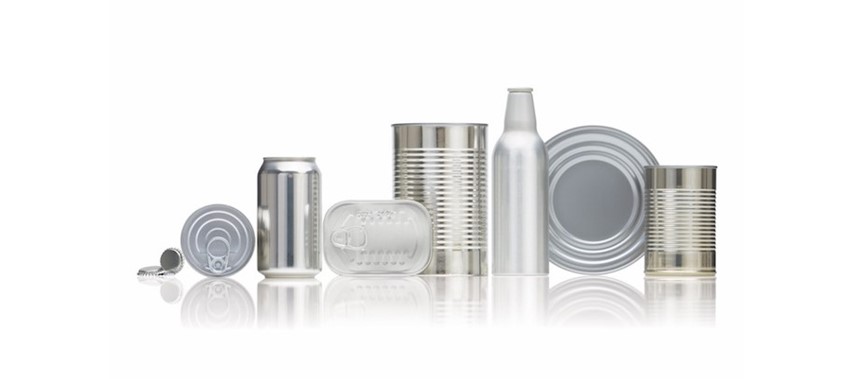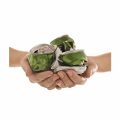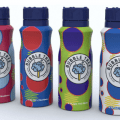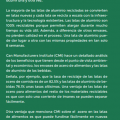This is a question that many people have been asking lately, as more and more companies are opting to use metal packaging for their products. There are many reasons why metal packaging is becoming more popular, but the most important is that it is more sustainable than other types of packaging.
Metal containers can be recycled over and over again without losing their quality, making them a very sustainable option. They are also much less likely to end up in landfills, as they can be recycled along with other metals. Metal containers are also generally very strong and durable, which means that products are less likely to be damaged during transport. This helps reduce waste and ensures that products reach consumers in perfect condition.
To this we must add new options such as the sustainability of materials, reclosure systems and the incorporation of recycled content in their products. This is the case of Trivium Packaging, which produces and supplies metal packaging for industries including food, beverage, pet and home care.
Jenny Wassenaar, director of sustainability and senior vice president of global research and development at Trivium Packaging highlights that when companies look at downsizing, they may find that the challenge lies in meeting customer requirements, cost considerations, regulatory compliance or supply chain considerations. “We know that overcoming these challenges requires a sustainable approach to innovation, collaboration with customers and suppliers, investment in advanced technologies and prioritizing sustainability as a core business objective” to which he added that “at the beginning of 2021, we launched our new eco-design initiative, to generate a standardized measure for the sustainability of new as well as existing products. We also introduced a new target to drive the growth of these eco-designed products, with the goal of 50% of our revenue coming from products that meet our eco-design criteria by 2030.”
By 2030, a new target has been set to achieve zero waste facilities and a 30% reduction in Scope 1 and 2 emissions and a 25% reduction in Scope 3 emissions by 2030. The company expects to send zero waste to landfill by 2030.
In addition, the steel and aluminum industries are exploring a range of low-carbon and carbon-neutral solutions that can lead to a carbon-neutral future under an optimal regulatory framework. However, there are also some drawbacks as it can often be more expensive than other types of packaging, and it can also be difficult to print. But in general, metal packaging is a very sustainable option that is becoming increasingly popular with companies.
It is important for companies to consider the environmental impact of their operations and supply chain, and how they can reduce their footprint. Consumers are also increasingly aware of the environmental impact of their purchasing decisions, so it is important for companies to communicate their commitment to sustainability.














